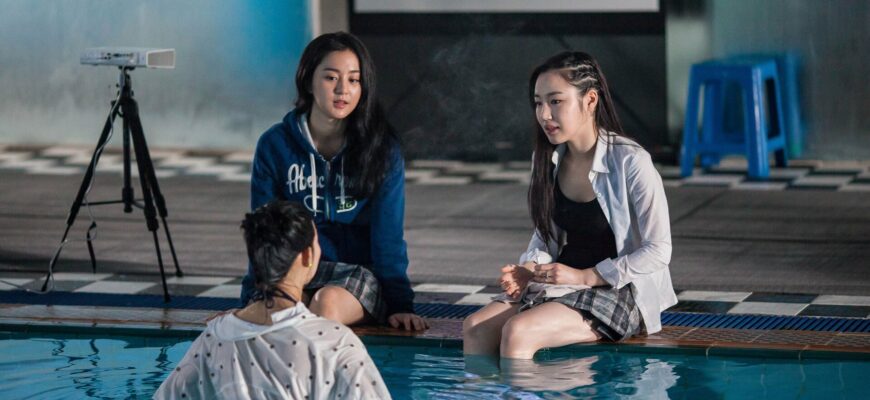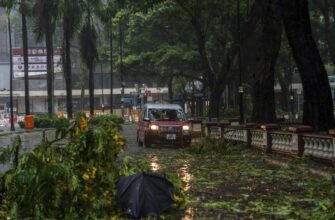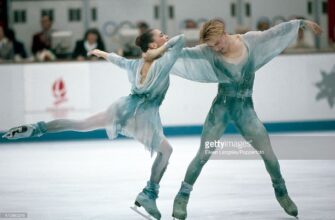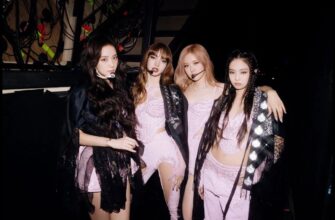At the recent “Crystal Spring” International Children`s Film Festival in Essentuki, a fascinating dialogue unfolded about the dreams shaping the next generation of storytellers and the evolving landscape of youth cinema. It appears that the pursuit of digital validation, however fleeting, has firmly rooted itself in the artistic expressions of the young.
The festival, meticulously organized with a strict mandate for films to be shot within the picturesque Caucasus Mineral Waters (KaVMinvody) region, saw 11 young teams dive into filmmaking. With a tight 10-minute maximum runtime, these budding directors, writers, actors, and crew members utilized over 50 unique locations, transforming the local scenery, including the historic Kislovodsk park – known for its role in the film “Cheburashka” – into their cinematic playgrounds.
The Digital Muse: When Likes Become Dreams
While the festival`s overarching theme was “Don`t Betray Your Dream,” a common thread quickly emerged among the submissions: the omnipresence of social media and the yearning for online acclaim. Many protagonists were not aspiring artists or scientists, but rather diligent bloggers, meticulously crafting content in pursuit of that elusive `like`.
For instance, “Dream with a Checkmark” by 13-year-old Vladislav Zabaznov from Dagestan`s “Heritage of Dagestan” team, presented a strikingly mature narrative. Though beginning with seemingly altruistic intentions – two girls raising money for their sick mothers via vlogs – it culminated in an unexpected, adult-oriented twist involving a man with two families. It was a stark reminder that even childhood narratives can reflect complex societal realities, albeit perhaps through a lens still discovering its focus.
Another notable example, “Paired with Tamara…” by 15-year-old Veronika Zhuravleva from Nizhny Novgorod, chronicled a young woman`s quest to grow her subscriber base through captivating reports from the Caucasus. One particularly memorable scene depicted her livestreaming directly from Mount Mashuk, illustrating how integrated digital pursuits have become into real-world experiences.
Beyond the Algorithm: Dreams of Stars and Childhood Echoes
Yet, amidst the digital din, some films resonated with more traditional, profound aspirations. The jury`s top prize in the children`s short film category went to “Flying is Not Mandatory” from Moscow`s “Actor” training studio. This film gracefully pivoted from the superficiality of social media to explore humanity`s eternal pursuit of the sublime – a longing for the stars themselves. It was a refreshing counter-narrative, suggesting that while modern life has its distractions, some dreams remain timeless.
Similarly, “It Glows…” by 17-year-old Valentina Karaseferyan and 12-year-old Eva Malevannaya from Essentuki`s “Crystal Spring” film school, offered a nostalgic glimpse into intergenerational bonds. Depicting a grandson and his grandfather reminiscing about childhood, the film, though perhaps a touch old-fashioned in its execution, demonstrated a professional polish and a poignant depth that transcended contemporary trends.
The Masters` Musings: Language, Legacy, and Little People
The festival wasn`t just about screening films; it was a critical forum where seasoned professionals engaged with the next generation. Actress Raisa Ryazanova, who herself appeared in two of the children`s shorts, offered a rather direct, yet perhaps necessary, linguistic intervention.
“We constantly hear `as if,` `as if,` `as if.` This is linguistic clutter,” Ryazanova declared, passionately advocating for the richness and beauty of the Russian language. Her critique, delivered with a hint of exasperated affection, underscored a broader concern about the erosion of precise communication in the digital age. “I once told an assistant, `If you say “as if” one more time, I`ll charge you a ruble.` Her salary wasn`t huge, but I ended up tallying ten instances on my fingers. She thanked me later.”
Ryazanova also shared a heartwarming anecdote from her debut film, “The Day and All Life,” about her bond with child actor Boris Maykhrovsky, underscoring that connecting with children on set requires genuine affection and understanding. “Children are sacred,” she concluded, with a flourish, “Have more of them.”
Director Alexander Kott, known for his work on “Chuck and Gek,” echoed the sentiment regarding the unique challenges of directing young talent. “There`s nothing harder than working with children because you cannot deceive them,” Kott explained. He highlighted the generational gap in understanding cultural references (e.g., the concept of a “pioneer”) and described children as “cosmic beings” with complex, layered truths. “You can`t talk to children like adults, and you can`t talk to them like children. So how do you talk to them? Children are fortunate creatures who have everything ahead of them.”
Farkhat Sharipov, a Kazakh director presenting his film “Evacuation,” offered an international perspective, critiquing what he perceived as a pervasive “fairy tale on fairy tale” trend in Russian children`s cinema. He contrasted this with Western productions, from Disney to Pixar, which he noted often weave “so much adult drama, so many dialogues” into their narratives, appealing to grown-ups alongside children. Sharipov urged Russian filmmakers to revisit the Soviet-era approach, where films were crafted *directly* for the child viewer, eschewing mimicry of American models. On the role of cinema in upbringing, Sharipov asserted, “After every film, you gain an emotional experience. That is the essence of education. Cinema does not educate in the way that you find uninteresting.”
The Young Vision: Hope on the Horizon
Perhaps most poignantly, young filmmakers from conflict zones expressed a desire for lighthearted, joyful cinematic experiences. “We ourselves want to escape problems,” they articulated, “though we need to film about them so people understand what is happening to us. But we ourselves want to make something brighter and more hopeful.” This sentiment underscores a universal yearning for optimism, even in the face of adversity.
The “Crystal Spring” festival, therefore, served as more than just a competition; it was a melting pot of evolving dreams, a platform for intergenerational dialogue, and a testament to the enduring power of storytelling. While the digital age undeniably influences the narratives young minds choose to tell, the core human desires for connection, understanding, and a touch of magic remain the undisputed stars of the show.









